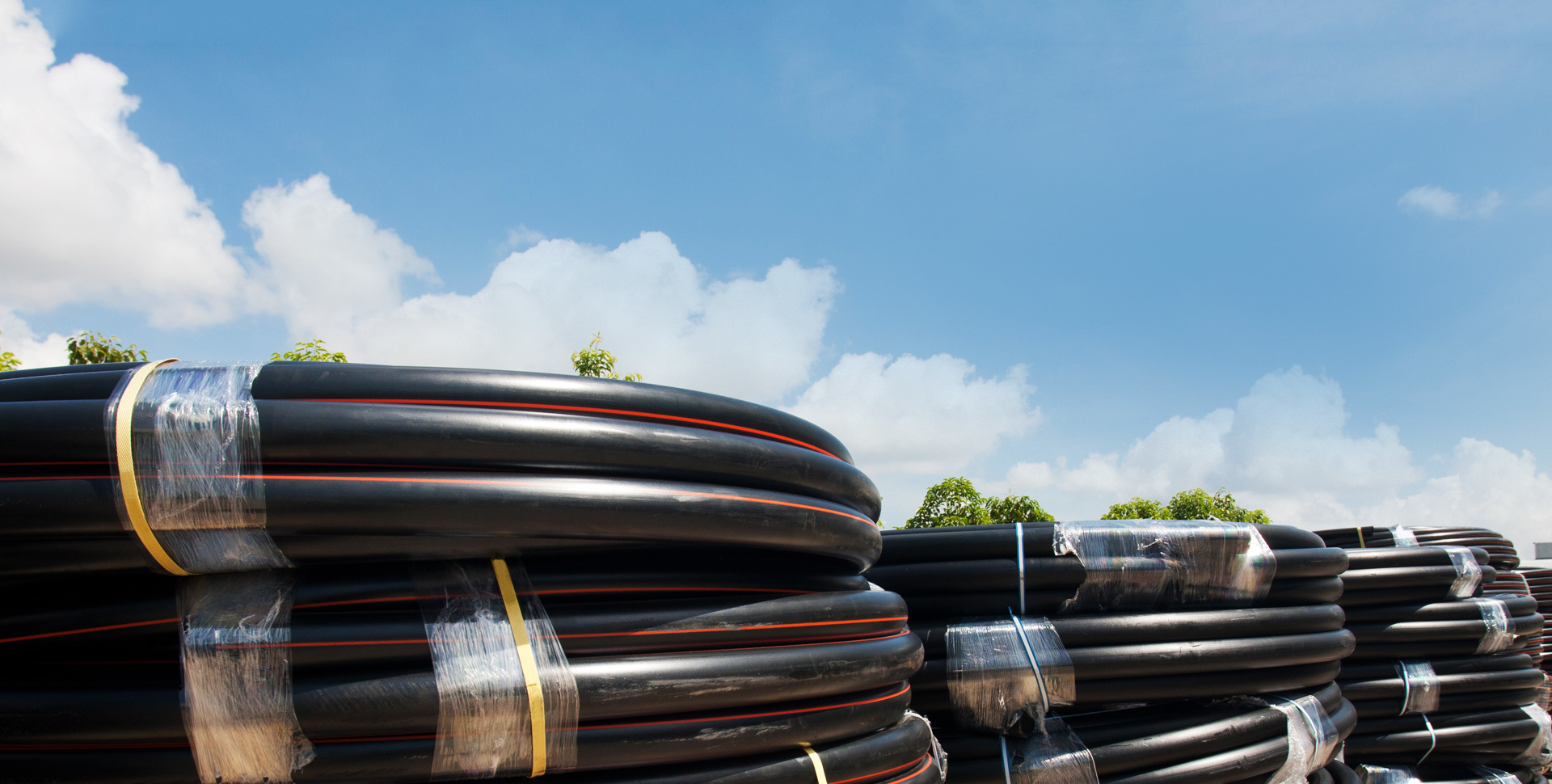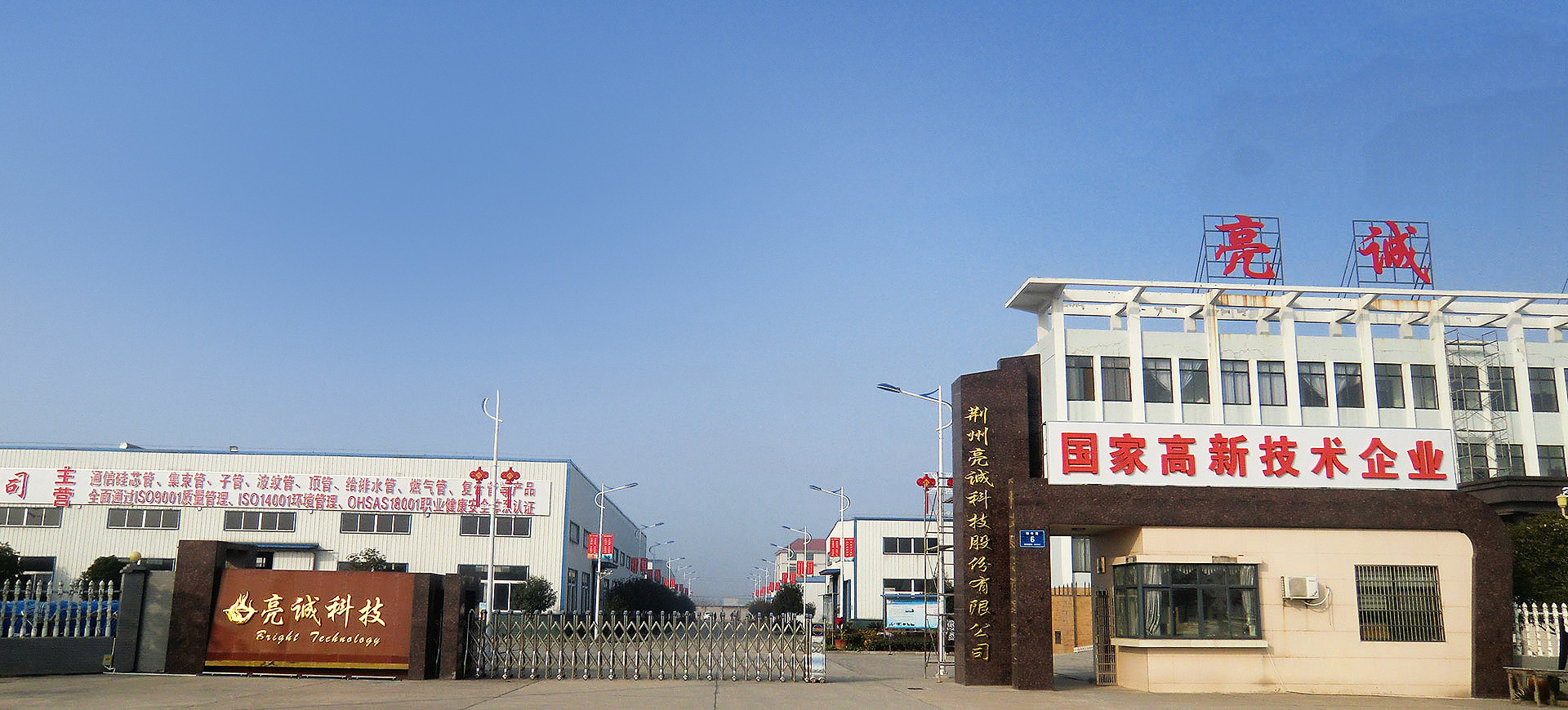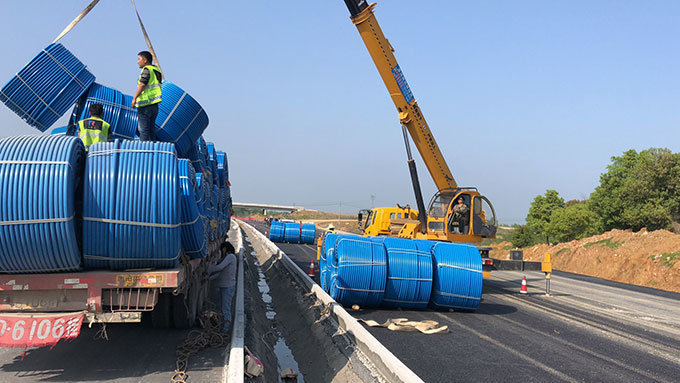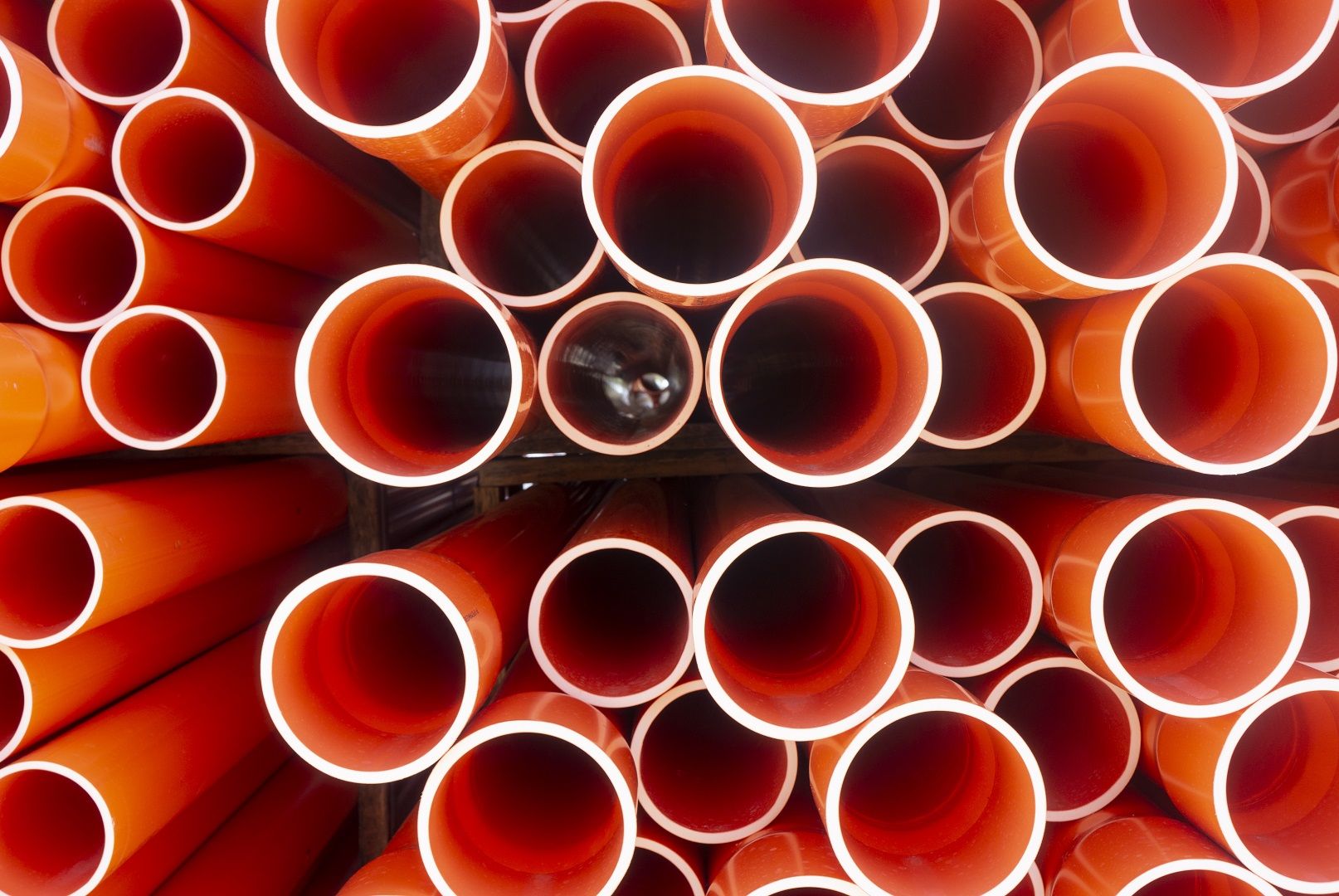Understanding Optical Fiber Communication Cluster Tubes: A Guide for Professionals
Sep 17,2024
Optical fiber communication cluster tubes are a crucial component in the realm of fiber optic technology. These tubes, typically designed to house multiple optical fibers in a protected environment, play an essential role in ensuring signal integrity and minimizing losses during transmission. Understanding the configuration and functionality of cluster tubes can significantly enhance the performance and reliability of fiber optic systems.
One of the primary advantages of optical fiber communication cluster tubes is their ability to organize and protect optical fibers. Unlike laying individual fibers, cluster tubes allow for multiple fibers to be bundled together, which provides a streamlined installation process. This is particularly beneficial in complex network setups where space and organization are critical. The tubes are often made from materials that provide both physical protection and resistance to environmental factors, such as moisture, heat, and mechanical stress, ensuring the longevity of the fibers within.
Another notable feature of cluster tubes is their flexibility in deployment. They can be utilized in various applications, ranging from telecommunications to data centers, where high capacity and high-speed data transmission are paramount. Furthermore, the design of cluster tubes can accommodate various fiber counts, making them adaptable to different network scales and requirements. This versatility is essential for professionals tasked with designing and implementing robust optical networks.
In addition to protecting and organizing fibers, optical fiber communication cluster tubes also aid in reducing installation time and overall labor costs. By consolidating multiple fibers into a single tube, technicians can efficiently manage the installation process, resulting in a neater and more orderly workspace. This can significantly reduce the risk of damage to individual fibers during installation, which is a common concern in fiber optic deployments.
When selecting optical fiber communication cluster tubes, professionals should consider several factors, including the tube's material, fiber count, and compatibility with existing infrastructure. It's also crucial to evaluate the environmental conditions where the tubes will be installed, as this can impact the selection of materials and designs to ensure optimal performance.
In conclusion, optical fiber communication cluster tubes are an integral part of modern fiber optic systems, providing organization, protection, and efficiency for multiple fibers. Understanding their properties and applications can greatly benefit professionals in the electrical and electronics industry, leading to more effective and reliable fiber optic communication networks. Emphasizing quality and compatibility in selection will further enhance the longevity and performance of these systems.
One of the primary advantages of optical fiber communication cluster tubes is their ability to organize and protect optical fibers. Unlike laying individual fibers, cluster tubes allow for multiple fibers to be bundled together, which provides a streamlined installation process. This is particularly beneficial in complex network setups where space and organization are critical. The tubes are often made from materials that provide both physical protection and resistance to environmental factors, such as moisture, heat, and mechanical stress, ensuring the longevity of the fibers within.
Another notable feature of cluster tubes is their flexibility in deployment. They can be utilized in various applications, ranging from telecommunications to data centers, where high capacity and high-speed data transmission are paramount. Furthermore, the design of cluster tubes can accommodate various fiber counts, making them adaptable to different network scales and requirements. This versatility is essential for professionals tasked with designing and implementing robust optical networks.
In addition to protecting and organizing fibers, optical fiber communication cluster tubes also aid in reducing installation time and overall labor costs. By consolidating multiple fibers into a single tube, technicians can efficiently manage the installation process, resulting in a neater and more orderly workspace. This can significantly reduce the risk of damage to individual fibers during installation, which is a common concern in fiber optic deployments.
When selecting optical fiber communication cluster tubes, professionals should consider several factors, including the tube's material, fiber count, and compatibility with existing infrastructure. It's also crucial to evaluate the environmental conditions where the tubes will be installed, as this can impact the selection of materials and designs to ensure optimal performance.
In conclusion, optical fiber communication cluster tubes are an integral part of modern fiber optic systems, providing organization, protection, and efficiency for multiple fibers. Understanding their properties and applications can greatly benefit professionals in the electrical and electronics industry, leading to more effective and reliable fiber optic communication networks. Emphasizing quality and compatibility in selection will further enhance the longevity and performance of these systems.
Latest News






